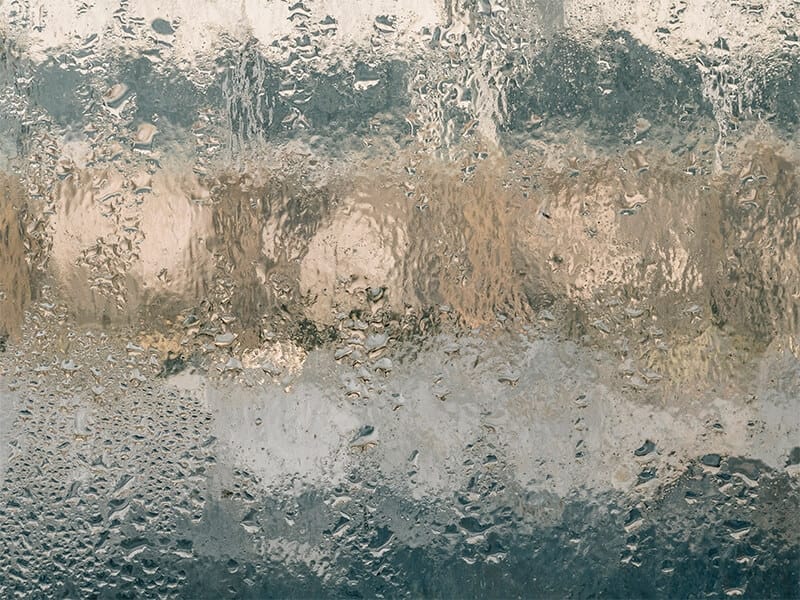
Humidity is a natural phenomenon and is the amount of water vapour present in the atmosphere or in a gas.
Water vapour itself is the gaseous state of water and is invisible to the human eye but we have all experienced how uncomfortable high amount of water vapour present in the atmosphere can make you feel.
It comes from water evaporating from lakes and oceans and since warmer water evaporates more quickly you find the most humid regions closer to warm bodies of water, like the Red Sea, the Persian Gulf and Miami, Florida.
Rather than absolute humidity, weather forecasters as well as engineers and scientists talk about relative humidity (RH) which is a ratio, expressed as a percentage, of the amount of atmospheric moisture present relative to the amount that would be present if the air were saturated. Since the latter amount is dependent on temperature, relative humidity, is a function of both moisture content and temperature.
Joel Sobel, a SVP with Accuweather offers a simple layman’s explanation1. Think of the atmosphere as a sponge that can hold a fixed amount of water, let’s say a gallon (4 litres) of water. “If there is no water in the sponge, then the relative humidity would be zero”. Saturate the sponge with half a gallon of water; half of what it is capable of holding and that relative humidity climbs to 50 percent.
“The amount of moisture that the atmosphere can hold relates directly depends on the temperature”. Think of a rise in temperature like an increase in sponge size. A sponge that is half saturated with water is at 50 percent humidity. Now, increase the size of the sponge without adding more water. The relative humidity decreases because the bigger sponge is capable of taking on more moisture, but the same amount of water remains.
ION Science Sensors have patented Fence Electrode Technology and is proven to resist humidity and contamination, giving you outstanding results when detecting volatile organic compounds (VOCs) within the most challenging environments.
A common frequently asked question is “can humidity interference affect my PID detector results?” Like many sensors and measurement instrumentation, traditional PIDs can indeed be affected by the environmental conditions i.e. dust, dirt and in particular, humidity. The major producers of oil & gas are located in the Gulf States and in or close to the Gulf of Mexico, which are of course areas of high temperature and high humidity.
Humidity can disrupt PID measurements in two ways leading to false low or conversely high readings.
The cause of low readings is because water vapour absorbs the photons released by ionisation within the sensor as can be seen in the simplified cross sections of a PID sensor (figure 1).
Figure 1: cross section of a PID sensor with and without water vapour present.
The effect worsens with increasing humidity as shown in figure 2.
Figure 2: Effect of water vapour absorption
Contamination can also build up between the electrodes, represented by the dotted lines in figure1, effectively short circuiting them. This leads to a high, ‘false positive’ reading with no VOC present at humidity greater than 90% RH. The dramatic effect can be seen in figure 3.
Download our Guide: Humidity interference in VOC measurements












 United Kingdom
United Kingdom






